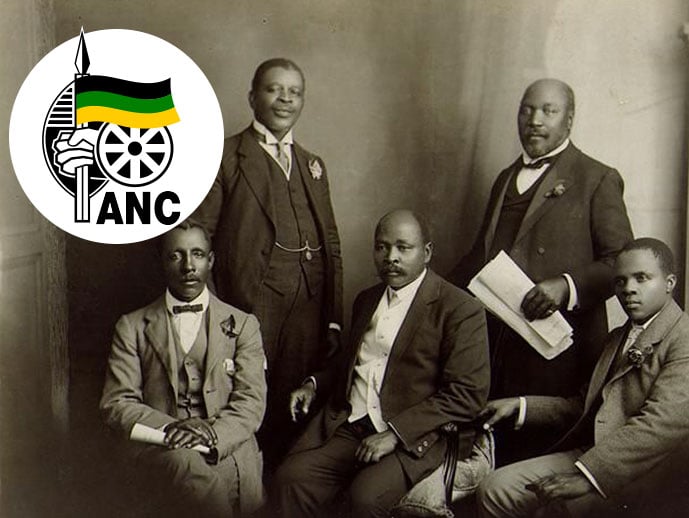On January 8, 1912, South African Native National Congress (SANNC), an organization meant to advance the interests of the black natives in the country came into being. The South African Native National Congress came to be known as the African National Congress (ANC) in 1923. The primary objective of the ANC was to secure and maintain voting rights for the black Africans and also for those of a mixed descent in Cape Province. Going from its earliest challenge of protecting black rights, the ANC has a long history which includes being the ideological base for a military outfit, being an unassailable force through the days of the apartheid struggle, being a political vehicle for the formation of a post-Apartheid government, and being the undisputed national majority party since 1994. Prior to the establishment of the SANNC, the racial discrimination against the black and colored populace of South Africa ran high. The government followed an active policy of segregation. A number of black leaders had been emerging and the demand for securing black rights was the need of the hour. In 1911, Pixley Ka Izaka Seme said “Forget all the past differences among Africans and unite in one national organization”. Herein lay the origins of the organization which would dominate South African history for a long time to come. The following year Ka Izaka Seme founded the SANNC and one of the immediate challenges faced by it was the Land Act of 1913 which forced black land owners to give up their farms. Through the early 1920s the SANNC remained largely dormant due to an internal dissent over collaborating with the communists. During this time the organization came to be known as the ANC. By 1927, the ANC was dealt another blow as its president J.T. Gumede was voted out. The ANC led a very nondescript existence for the next couple of decades and more, till 1955 when the Congress of the People accepted the Freedom Charter – an embodiment of the guiding principles of the African National Congress and its allies. The Sharpeville massacre in 1960 saw the rise of the AMC’s military wing, the Umkhonto we Sizwe. This followed the rise of the ANC Youth leaders such as Oliver Tambo, Nelson Mandela, and Walter Sisulu. The same year, however, the ANC was banned. The organization was now forced to work underground due to the persecution of the white government. In an effort to function outside South Africa, ANC leaders started to garner support of international communities for the cause against apartheid. Even as the nation got caught up in the eye of an anti-apartheid storm, the ANC started to make its reappearance within South Africa. The ANC colors – black, green, and gold reappeared in the political scenario of the civil-war torn nation. In 1990, during the leadership of the apartheid-era State President, F. W. de Klerk, the ban on the ANC was lifted and the leaders restored to politics and society. When the first post-apartheid government was elected by universal adult suffrage with no racial discrimination the ANC led by Nelson Mandela dominated the political scenario. The ANC is currently supported by the Congress of South African Trade Unions (COSATU) and the South African Communist Party (SACP) in its attempt at retaining administration. In late 2013, the ruling party, however, seems to have fallen into disfavor with the National Union of Metalworkers of South Africa (NUMSA) – a trade union with over 338,000 members. You may also like : January 8 1790 – George Washington Delivers the First State of the Union Address
January 8 1912 – The African National Congress Is founded In South Africa
On January 8, 1912, South African Native National Congress (SANNC), an organization meant to advance the interests of the black natives in the country came into being. The South African…
826
